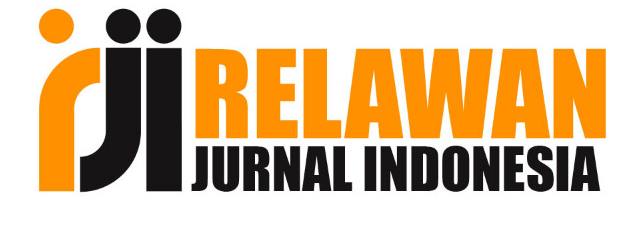TEACHING VOCABULARY THROUGH HOT SEAT TO YOUNG LEARNERS
DOI:
https://doi.org/10.36982/jge.v10i1.2192Kata Kunci:
teaching, vocabulary, hot seatAbstrak
English is so global in the world. Teaching English as foreign language is not easy. It needs motivation, spirit and willingness. Especially young learners, they have no area to speak and practice. That condition makes serious effect. In order to improve students’ speaking ability, teacher must ask them to memorize and learn Vocabulary. Unfortunately, it is a big problem to persuade students to read and memorize it. Vocabulary is the most important element in learning English. Teaching vocabulary is challenging to young learners. It will be boring without method, games and interesting technique. As an instructor, teacher or lecturer must find out a strategy to face this condition. We should create simple way but interesting to our students. In order to help young learners to learn vocabulary, we can use easy and simple game. So, Hot seat can be a solution to learn vocabulary. It is suitable to young learners and easy to use. Students can memorize the words and have fun in learning.Referensi
Beck, I. L., McKeown, M. G., & Kucan, L. (2002). Bringing words to life. Robust vocabulary instruction, New York: Guilford Press.
Fraenkel, J. R., & Norman, E. W. (1991). Educational research: A guide to the process. New York, NY: McGraw-Hill, Inc
Harmer, J. (1991). The practice of English language teaching. New York, NY: Longman
K. Lackman, (2011),Universal Activities: Original and Adopted Recycleable, Activities,
accessed on Tuesday, July 17th 2018 at 10 A.M, http://kenlackman.com/files/univactBook10.pdf
L. Robertson, (2003), Hot Seat, accessed on Tuesday, July 17th 2018 at 09.00 AM,
http://www.teachingenglish.org.uk/article/hotseat
Mardianawati, L., (2012), Vocabulary Teaching Strategies Used by Teachers of Junior High
School.Unpublished Bachelor Thesis, Purwokerto: Muhammadiyah University of Purwokerto, p. 11
Marzano, R. J., & Pickering, D. J. (2005). Building academic vocabulary for student achievement: Teacher’s manual Alexandria. Paper presented at the Association for Supervision and Curriculum Development, Alexandria. Retrieved from http:// www. ascd.org /ASCD/pdf/ Building%20 Academic %20 Vocabulary/ bav_report_2.pdf.
Nation, P. (1990). Teaching and learning vocabulary. Boston, MA: Heinle & Heinle
National Professional Development Program, (1996), Formal Group Activities, Literacy
Strategies Handbook, (Cambridge University Press), p.5
N.T.T. Huyen and K.T.T. Nga, (2003), Learning Vocabulary Through Games: The Effectiveness of Learning Vocabulary Through Games, accessed on Wednesday, July 4th 2018 at 10.53 A.M, http://www.asian-efl-journal.com/dec03vn.pdf
Scott, J. & Nagy, W. (2004). “Developing word consciousness,†in J. Baumann & E. Kame'enui (eds.), Vocabulary instruction, research to practice, New York: Guilford Press, pp. 201–215.
Stahl, S. A. (2005). “Four problems with teaching word meanings (and what to do to make vocabulary an integral part of instruction),†in E. H. Hiebert and M. L. Kamil (eds.), Teaching and learning vocabulary: Bringing research to practice, Mahwah, NJ: Erlbaum.
W.P. Bintz, (2011), Teaching Vocabulary Across The Curriculum, accessed on Monday, July
nd 2018 at 04.00 P.M, https://education.illisionate.edu/downloads/casei/AV-4- 2a%20%20articla%20%20teaching%20vocabulary%20across%20the%20curric.pdf
Unduhan
Diterbitkan
Cara Mengutip
Terbitan
Bagian
Lisensi
Global Expert: Jurnal Bahasa dan Sastra is published by Universitas Indo Global Mandiri and licensed under a Creative Commons Attribution-ShareAlike 4.0 International License.










